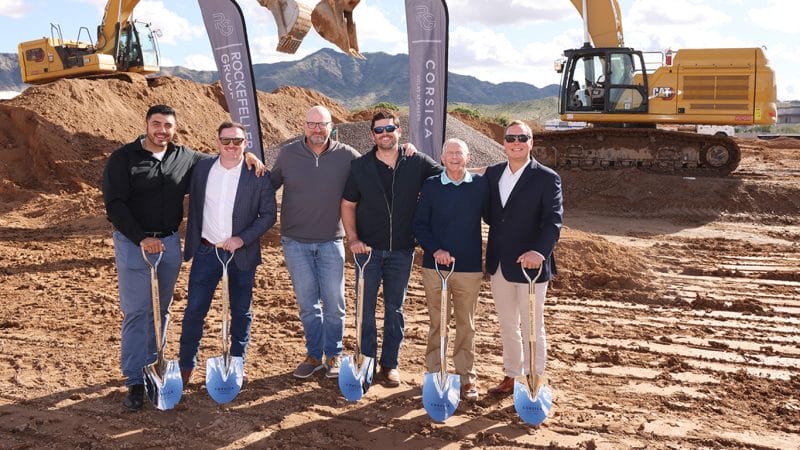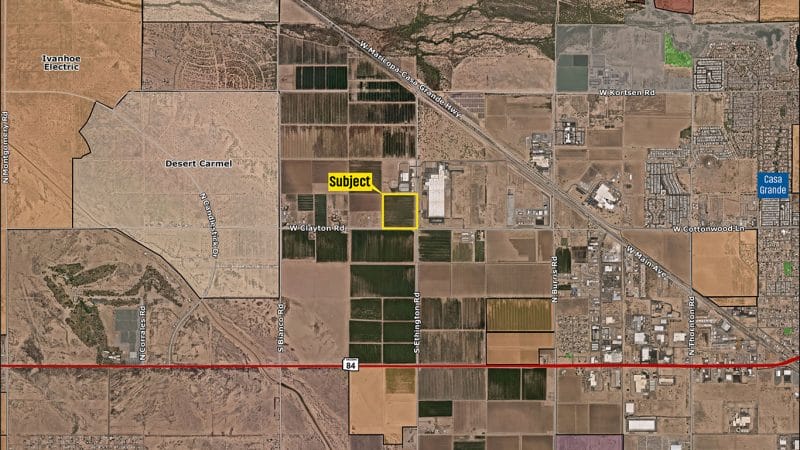By Elliot D. Pollack. & Co | Rose Law Group Reporter
Prices rose less than expected in November, the latest sign that the runaway inflation that has been gripping the economy is beginning to loosen up. The consumer price index, which measures a wide basket of goods and services, rose just 0.1% from the previous month, and increased 7.1% from a year ago, the Labor Department reported. Economists surveyed by Dow Jones had been expecting a 0.3% monthly increase and a 7.3% 12-month rate.
The increase from a year ago, while well above the Federal Reserve’s 2% target for a healthy inflation level, was tied for the lowest since November 2021. Excluding volatile food and energy prices, so-called core CPI rose 0.2% on the month and 6% on an annual basis.
Despite the news, the Fed increased interest rates again by 0.50% last week. The target range is now 4.25%-4.5%. The benchmark interest rate now stands at a 15-year high and the Fed signaled plans to continue lifting rates through the spring. The Fed has increased rates at the fastest pace since the 1980s to cool the economy and bring down inflation which is running near a 40-year high.
November retail sales fell 0.6% from the prior month for the biggest decline this year according to the Commerce Department. Budget-conscious shoppers pulled back sharply on holiday-related purchases, home projects and autos. Manufacturing output declined 0.6%, the first drop since June, the Fed said in a separate report. Households appear to be planning for a difficult year ahead and the possibility of a recession.
U.S. stock losses deepened Thursday as investors digested the Fed’s rate plans. However, while the economy has shown signs of slowing, the labor market remains tight despite layoffs in sectors such as tech and real estate. Jobless claims fell by 20,000 to a seasonally adjusted 211,000 last week. Claims are up from lows this spring but remain at levels that suggest many employers are holding tight to workers.
U.S. Industrial Production
A report released by the Federal Reserve on Thursday unexpectedly showed a modest decrease in U.S. industrial production in the month of November. A 0.6% drop in manufacturing output included declines in consumer goods and business equipment products, contributing to a 0.2% drop in overall industrial production, the Fed said. Economists had expected industrial production to inch up by 0.1%.
Meanwhile, a 3.6% spike in utilities output helped limit the downside amid unseasonably cold weather across much of the country.
“The 0.6% drop in manufacturing output last month matches the already-reported decline in retail sales and provides further evidence that the economy has lost some serious momentum,” said Andrew Hunter, Senior U.S. Economist at Capital Economics.
He added, “With weak global growth and the strong dollar compounding the domestic drag from higher interest rates, we suspect this weakness is a sign of things to come.”
The Fed also said capacity utilization in the industrial sector dipped to 79.7% in November from 79.9% in October. Economists had expected capacity utilization to edge down to 79.8%.
Capacity utilization in the manufacturing and mining sectors fell to 78.9% and 88.2%, respectively, while capacity utilization in the utilities sector rose to 74.4%.
U.S. Snapshot:
- Core-inflation growth slowed from 6.3% to 6.0%. Core-inflation has slowed from its peak in the summer but remains well above the 2.0% target.
- Retail sales declined by 0.6% in November. While sales were 6.5% above a year ago, consumers pulled back in electronics, clothing, and sporting goods.
- Industrial production fell for the second consecutive month in November. The index now sits at 104.5, up from 102.1 in January 2022. The index has been very erratic this year with monthly declines in 5 of the last 7 months. Even with the 0.2% monthly decline, the index was up 2.5% from a year ago.
Arizona Snapshot:
- Arizona added 32,300 jobs in November. The majority of gains were in Trade, Transportation & Utilities (12,500), Government (6,100) and Education & Health Services (5,900). Year-over-year, the state has added 111,500 jobs. Greater Phoenix and Greater Tucson added 22,500 and 5,800, respectively.
- The unemployment rate fell across the state and its major metros. Arizona’s dropped to 4.1% while Greater Phoenix dropped to 3.0% and Greater Tucson 3.4%.





